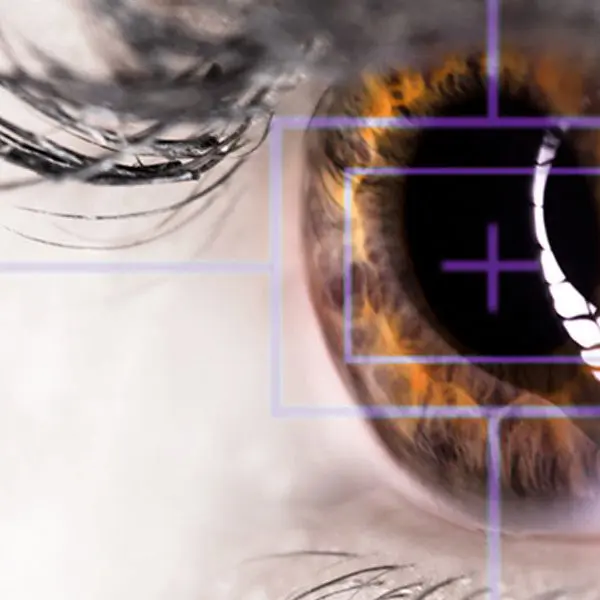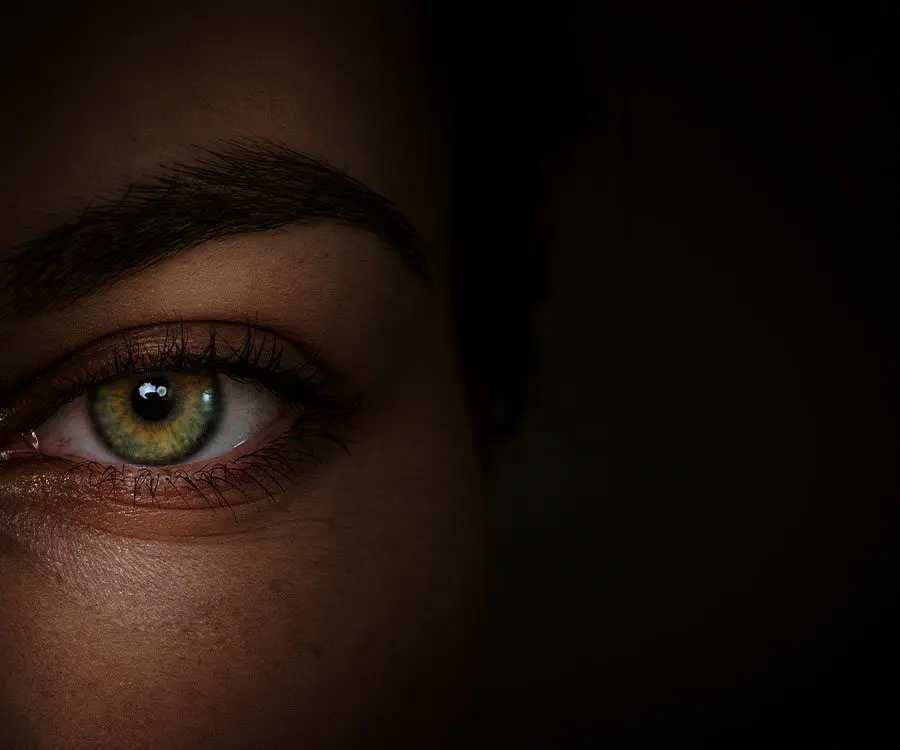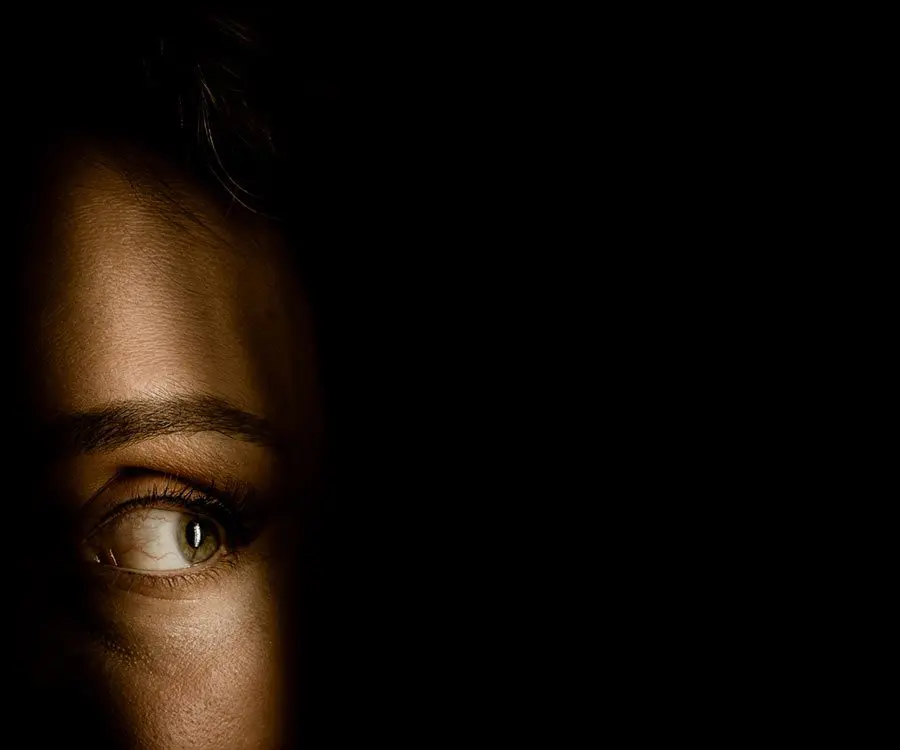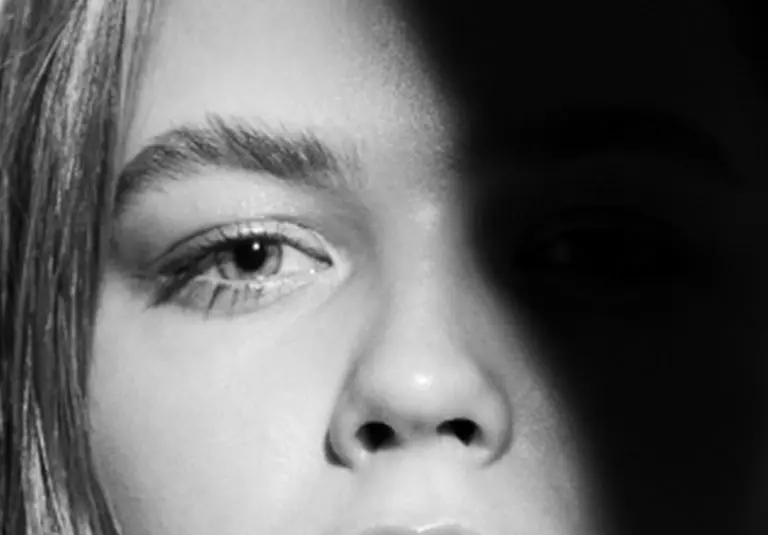
- Uncategorised

- News
What’s New in Laser Eye Surgery & Permanent Vision Correction?

Vision correction and laser eye surgery has progressed in many ways since it was first developed. For example, higher abbreviations can now be treated along with thinner corneas which were previously un-treatable. Read on to discover the latest in laser eye surgery and vision correction treatment.
ReLEx FLEx (Femtosecond Laser Extraction) and SMILE (Small Incision Lenticule Extraction)
ReLEx FLEx and SMILE are ground-breaking new techniques that take laser vision correction for short-sight beyond LASIK. Both solely use the femtosecond laser to precisely separate and then remove a ‘lenticule’ (a very thin disc) of tissue to re-shape the cornea and change its lens power.
What does the procedure entail?
Like LASIK, the corneal surface layer remains largely untouched so ReLEx procedures share the same benefit of minimal post-operative discomfort and rapid visual recovery. But because no excimer treatment is necessary, the laser procedure itself is quicker: there is no ablation. You will be in the clinic for about an hour, in the treatment room for about 20 minutes. Your vision will be significantly better the moment that you get up off the couch: after a quick post-op check and instruction on post-op care, you will be able to go home for a rest.
Is this laser treatment suitable for higher prescriptions and thinner corneas?
ReLEx SMILE in particular has significant added benefits: the corneal surface incision is dramatically smaller – there is no ‘flap’ so the approximately 20mm cut of LASIK is reduced by more than three-quarters. Because of this corneal structure is much less compromised so higher prescriptions and thinner corneas may be more suitable for laser vision correction.
The KAMRA Inlay
For patients suffering with near vision loss and presbyopia, the KAMRA Inlay *now FDA approved, restores near and immediate vision using a mini, ultra thin opaque ring with an opening in the middle which focuses light entering the eye. This relatively new treatment has gained worldwide publicity in recent months as a welcome alternative to reading glasses.
What does the procedure entail?
The KAMRA™ Inlay is gently implanted within the cornea, during a procedure that takes less than 15 minutes. A small pocket is created by the IntraLASE™ femtosecond laser and the inlay is inserted and aligned to ensure the best results. There are no stitches or bandages. The period of recovery will vary and improvement in the near vision will be noticeable in as little as a few days.
What are the benefits of the KAMRA™ Inlay?
- Restores everyday near vision and reduces the need for reading glasses.
- Revives near and computer vision, while maintaining good distance vision.
- Works continuously for constant, long term near vision rejuvenation.
- Proven with over 10 years of clinical research and development.
If you are ready to talk through your vision correction needs, please make an enquiry to book a consultation to talk through your options at your nearest LaserVision clinic.
Reviews







